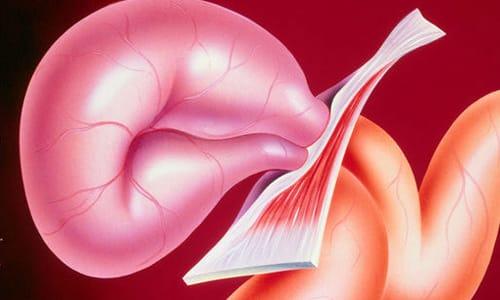Hunter syndrome or mucopolysaccharidosis type II is a rare hereditary disease. The disease is associated with deficiency of lysosomal enzyme iduronate-2-sulfatase. Because of this the body is disrupted the breakdown of mucopolysaccharides. They accumulate in the cells of all tissues, causing severe lesions of the whole organism.
The first symptoms of the disease appear in children aged 2-4 years. Gradually, the disease progresses, affecting virtually every organ, worsening the patient’s condition and shortening the duration of its life. Disease was first described by canadian physician Charles hunter in 1917.
Since 2005 there is a Register of outcomes of hunter syndrome, which gathers information about the disease, the efficacy and safety fermento-replacement therapy is the only therapeutic option available for patients with mucopolysaccharidosis type II.
Ekaterina Musaeva, Director of the medical Department of the company “Shaer biotech Rus” emphasizes that “the register of a wide range of information related to disease and treatment as fixed prospectively and retrospectively (e.g. from medical records). As of July 2016, the registry was included 1200 patients from 134 centers in 33 countries.”
Therapy drugs, allowing you to compensate for the lack or absence of iduronate-2-sulfatase became available to the Russians about 10 years ago, but then got her one. Today, thanks to the efforts of patient organizations, health Ministry, and government agencies, the therapy provided 70% of patients with hunter syndrome. In a decade the security situation has improved considerably, but still about one third of patients are not able to get this vitally needed drug.
The frequency of the disease in the world is 1 in 100 000. In Russia there are about 150 registered patients. Fermento-replacement therapy helps to reduce the risk of premature death nearly in half.

“Due to the characteristics of the disease, children with hunter syndrome are similar to small adults – disease coarsens the features of their faces. But it’s not the worst. Somatic changes typical of the disease, greatly complicate the lives of patients, causing them at an early age confronted with the suffering – over time, it becomes difficult to walk, to breathe, they can die from any infection.
And we, the parents of such children fight for every day life with them, appreciate and delight in the simplest things that can not see other people”, – says Snezhana Mitina, President of the Interregional charitable public organization “hunter syndrome”.


